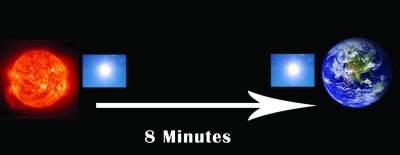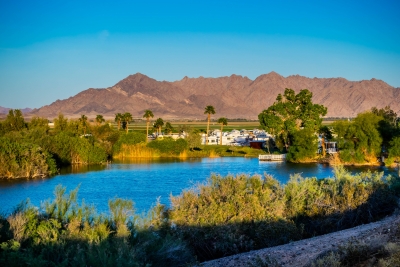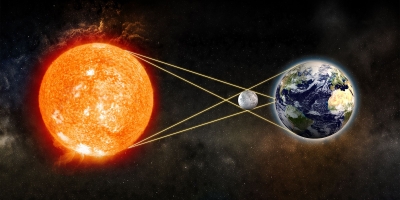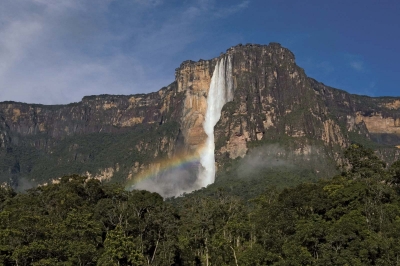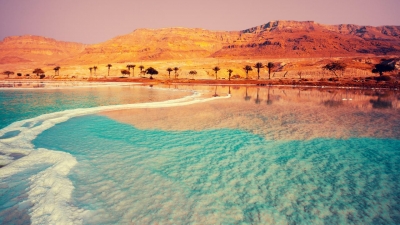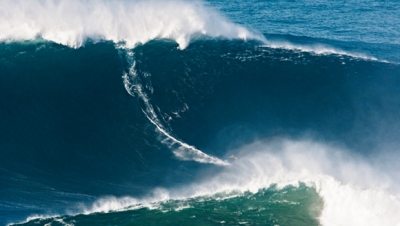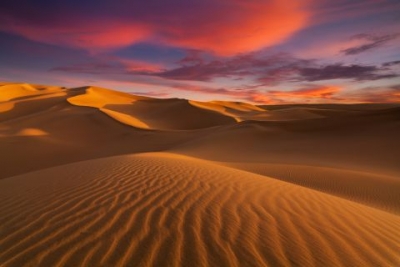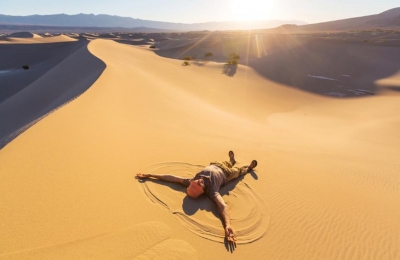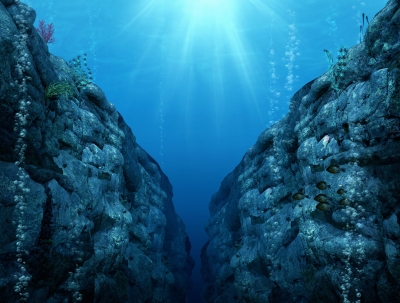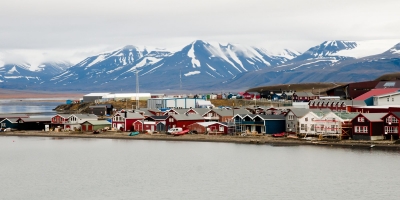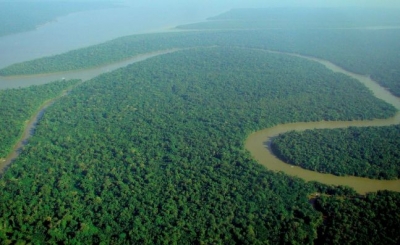How many of the Earth's plant and animal species live in the world's rain forests?
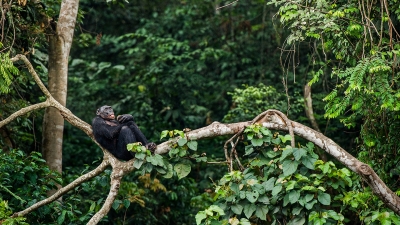
Tropical rainforests support the greatest diversity of living organisms on Earth. Although they cover less than 2 percent of Earth’s surface, rainforests house more than 50 percent of all plants and animals found on land.
The rainforest is home to many plants and animals. According to The Nature Conservancy, a 4-square-mile (2,560 acres) area of rainforest contains as many as 1,500 flowering plants, 750 species of trees, 400 species of birds and 150 species of butterflies. The Amazon rainforest alone contains around 10 percent of the world's known species.
Just about every type of animal lives in rainforests. In fact, though rainforests cover less than 2 percent of Earth's total surface area, they are home to 50 percent of Earth's plants and animals, according to The Nature Conservancy. For example, rhinoceroses, deer, leopards, gorillas, chimpanzees, elephants, armadillos and even bears can be found living in rainforests across the world.
Some of the animals are also unusual. For example, the tapir is a mammal that looks like a mix between an anteater and a pig and can be found in the rainforests of South America and Asia. The stunning silverback gorilla lives in the rainforest of the Central African Republic. Forest giraffes, or okapi, a strange-looking cross between a horse and a zebra, also inhabit the African rainforest.
Credit : Live Science
Picture Credit : Google
